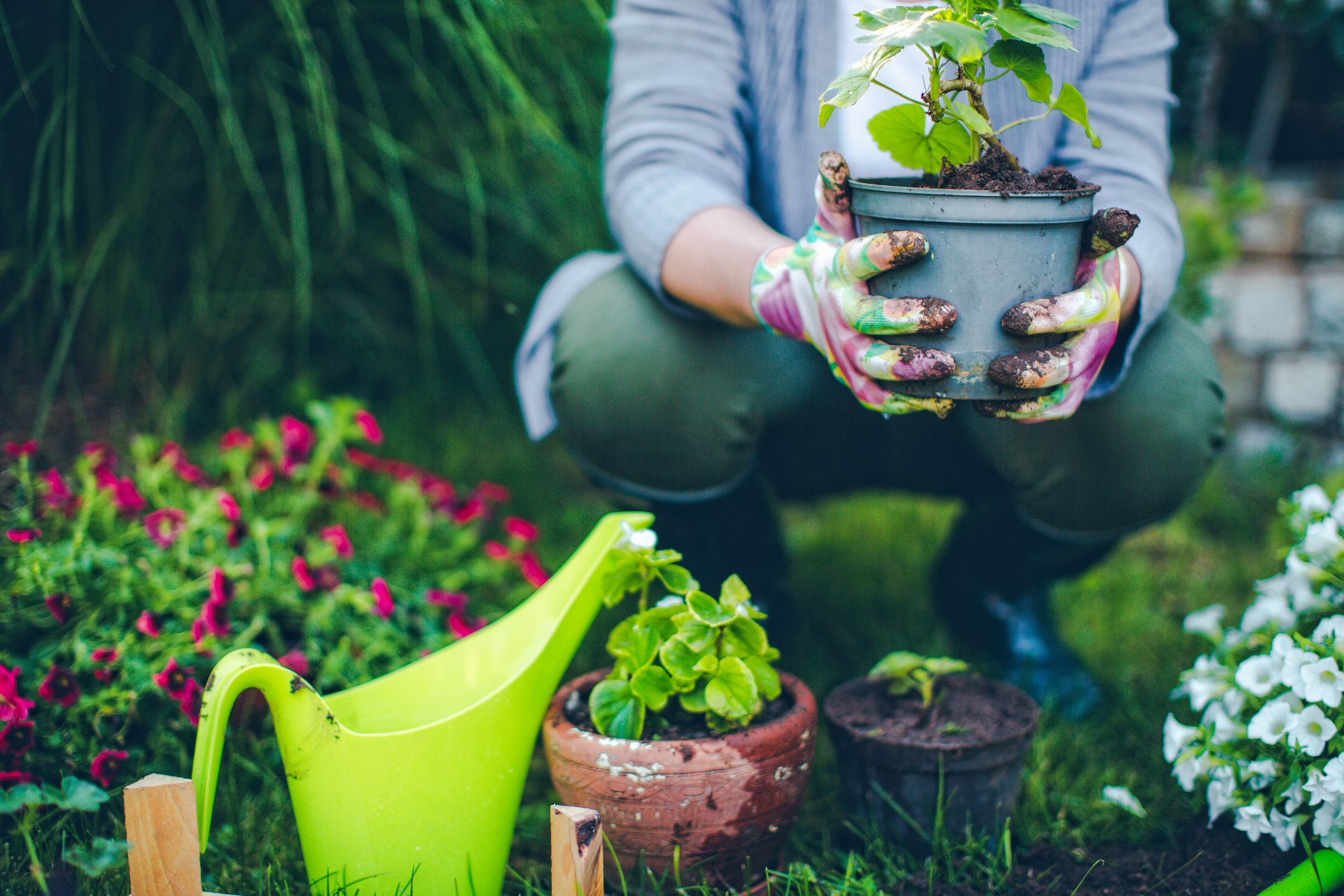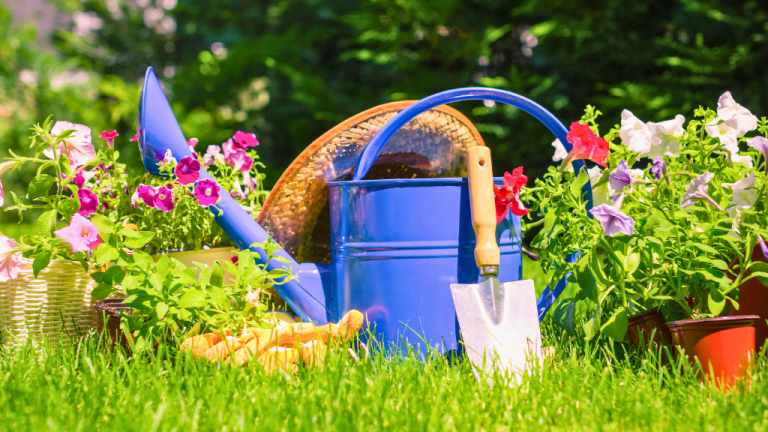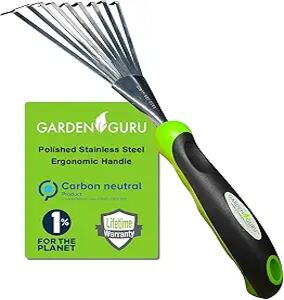Top Gardening Techniques to Boost Plant Growth and Health
Top Gardening Techniques to Boost Plant Growth and Health
Blog Article
The Comprehensive Guide to Horticulture: Discover the Benefits of Different Designs and Methods
Gardening includes a varied range of styles and methods, each offering special benefits customized to private choices and environmental contexts. As we explore these different designs, it comes to be apparent that the choices made can considerably affect both the garden's health and its payment to the surrounding setting.
Comprehending Gardening Basics
Understanding the essentials of gardening is vital for cultivating a flourishing and lasting yard. An effective gardening undertaking starts with a solid foundation of expertise concerning soil, plant selection, and climate factors to consider. Healthy soil is the cornerstone of any type of yard; it offers important nutrients, water retention, and a habitat for helpful microorganisms - Gardening. Evaluating soil pH and nutrient degrees can direct amendments to optimize plant growth.
Picking the right plants is equally essential. Comprehending their details needs-- such as sunlight, water, and spacing-- makes sure compatibility with the local climate and dirt conditions. This option process ought to likewise consider the growth practices and lifecycle of plants, permitting a well balanced and aesthetically pleasing yard.
In addition, reliable watering techniques are vital. Over-watering and under-watering can both bring about plant tension and disease. Executing a schedule based on seasonal adjustments and plant requirements can improve water performance.
Popular Horticulture Styles
What defines the significance of popular horticulture styles? Amongst the most popular designs is the home yard, characterized by its informal layout and a vivid selection of blossoms and vegetables.
On the other hand, the formal garden personifies symmetry and order, typically featuring geometric patterns and diligently cut bushes. This style communicates beauty and refinement, with very carefully picked plants that reinforce an organized visual.
The Japanese yard offers a calm and meditative experience, using natural components like water, stones, and plants to develop a tranquil atmosphere. It focuses on simpleness and balance, encouraging contemplation.
Furthermore, xeriscaping has actually acquired popularity, particularly in arid regions (Gardening). It focuses on drought-resistant plants and reliable water use, promoting sustainability while improving landscape appeal
Advantages of Container Horticulture
Container horticulture uses a wide variety of benefits that make it an enticing alternative for both novice and skilled garden enthusiasts alike. One of the key benefits is adaptability; containers can be put in different locations, permitting gardeners to maximize sunshine exposure and develop aesthetically attractive have a peek at these guys arrangements. This flexibility makes it possible to garden in spaces where traditional in-ground gardening might not be feasible, such as porches, outdoor patios, or city environments.
Furthermore, container horticulture supplies better control over dirt problems. Gardeners can customize the soil mix to fit specific plants, making sure optimal water drainage and nutrient accessibility. This is especially useful for people living in locations with bad or contaminated soil.
Another significant advantage is the reduced danger of pests and illness. Container plants can be kept an eye on extra quickly, and any type of issues can be resolved immediately. Additionally, this strategy can reduce the spread of intrusive types.
Sustainable Gardening Practices
Sustainable gardening techniques are crucial for promoting ecological health and wellness and enhancing biodiversity in our communities. These techniques prioritize environmental equilibrium, resource preservation, and the use of organic methods to decrease adverse ecological influences. By using strategies such as composting, garden enthusiasts can minimize waste while enhancing soil wellness, consequently fostering a flourishing garden community.
Water preservation is an additional vital element of lasting horticulture. Methods such as rain harvesting, drip irrigation, and the usage of reference drought-resistant plants can significantly reduce water usage while making sure that plants get ample wetness. Incorporating indigenous plant varieties into yard designs supports regional wildlife and reduces the demand for chemical plant foods and pesticides, which can be unsafe to the environment.

Eventually, lasting gardening practices not just add to much healthier yards yet also advertise a more resistant setting, using long-term benefits to both the gardener and the bordering community.
Tips for Successful Horticulture
To cultivate a thriving garden, garden enthusiasts should prioritize mindful planning and thoughtful implementation of their horticulture methods. Begin by analyzing the local environment and dirt conditions, as these elements dramatically affect plant option and development. Choose plants that are well-suited to your atmosphere, thinking about indigenous types that will love marginal treatment.
Executing a well-structured article format is important (Gardening). Make use of buddy growing techniques to advertise biodiversity and natural pest control, while making sure each plant has adequate area for growth. This not only enhances appearances yet additionally improves total plant health
Regular maintenance is essential to a successful yard. Develop a constant schedule for watering, weeding, and fertilizing. Mulching can assist keep moisture and suppress weeds, while also adding raw material to the soil.
On a regular basis checking plant wellness and development will certainly allow for prompt interventions. Be open to finding out and adapting; horticulture is a continuous process that benefits from experience and testing.
Final Thought


In summary, the exploration of varied gardening designs and strategies reveals their multifaceted advantages, adding to both aesthetic charm and eco-friendly health. Container horticulture provides flexibility and accessibility, while sustainable techniques improve ecological stewardship. By incorporating various strategies and methodologies, garden enthusiasts can optimize their efforts, promote biodiversity, and produce practical outdoor spaces. Ultimately, this extensive overview works as an important source for cultivating successful gardening experiences, fostering a deeper link with nature and the bordering environment.
Report this page